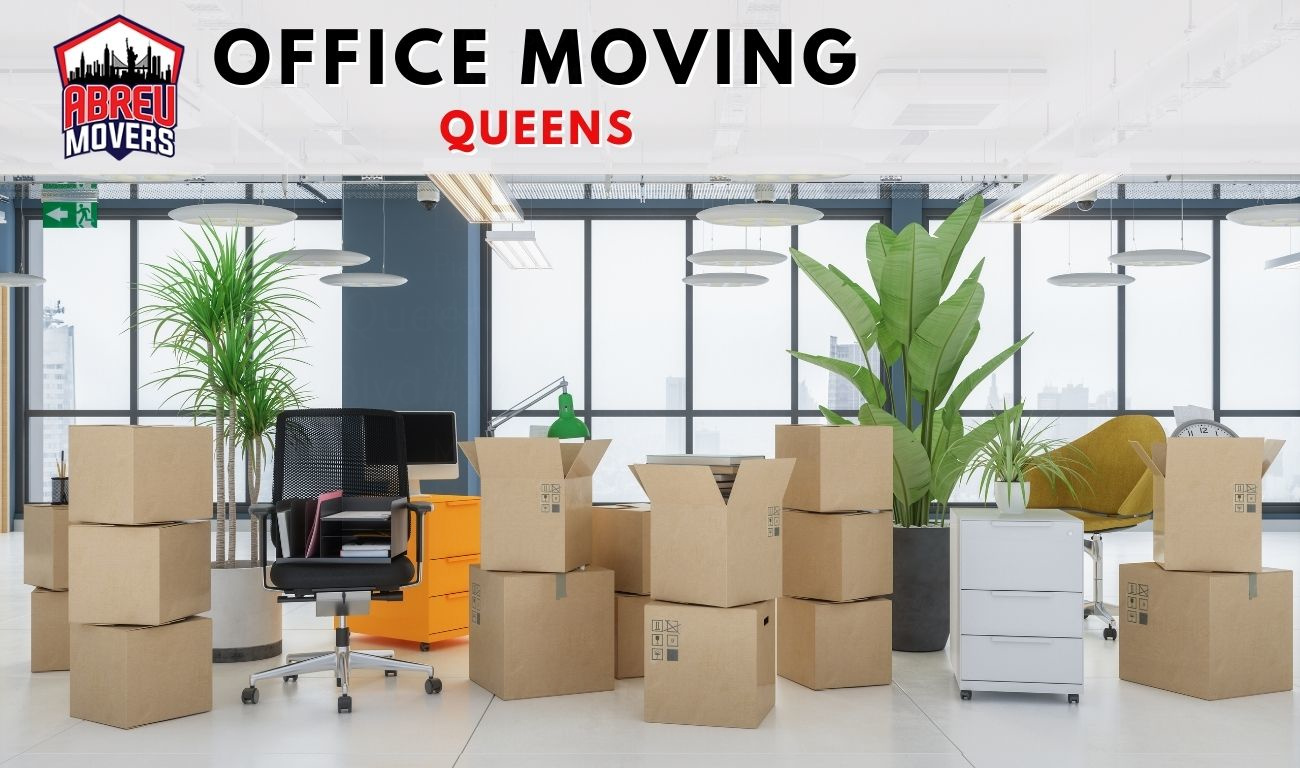


Introduction
Moving can be a stressful experience, especially when it comes to transporting delicate items like plants. As a plant lover, you want to ensure that your greenery arrives at its new destination in Queens safe and sound. In this article, we will provide you with expert tips and guidance on how to safely transport your plants during a move. Whether you are hiring professional movers or doing it yourself, these guidelines will help you ensure that your beloved plants make the journey unscathed.
Table of Contents
Moving with Plants: Why is it Important? Preparing Your Plants for the Move Assessing the Health of Your Plants Pruning and Repotting Transferring Plants to Plastic Pots Watering and Fertilizing Packing and Protecting Your Plants Choosing the Right Containers Wrapping and Cushioning Securing Plants in Vehicles Hiring Professional Movers for Plant Transportation Researching Moving Companies in Queens Inquiring About Specialized Plant Services Obtaining Insurance Coverage for Plants DIY Plant Transportation Tips Renting or Purchasing Plant Boxes Utilizing Blankets and Towels for Protection Transporting Your Plants Safely in Queens Planning the Route and Timing of the Move Avoiding Extreme Temperatures and Direct Sunlight Unpacking and Settling In With Your Plants Acclimating Your Plants to Their New Environment Providing Adequate Water and LightMoving with Plants: Why is it Important?
Moving can be a chaotic process, and plants often get overlooked in the midst of all the other tasks. However, it is crucial to prioritize the transportation of your plants to ensure their well-being. Plants are living organisms that require specific care, and neglecting their needs during a move can lead to irreversible damage or even death. By taking the necessary precautions and following our expert advice, you can ensure that your greenery thrives in its new home in Queens.
Preparing Your Plants for the Move
Assessing the Health of Your Plants
Before embarking on your move, it's essential to assess the health of your plants. Identify any signs of disease, pests, or nutrient deficiencies and address them accordingly. It's best to avoid transporting sick or weak plants as they may not survive the move.
Pruning and Repotting
Pruning your plants before the move will help reduce their size and make them easier to transport. Trim any dead or damaged leaves, branches, or flowers. Additionally, consider repotting large plants into lighter containers to make them more manageable during the move.
Transferring Plants to Plastic Pots
If your plants are currently in ceramic or clay pots, consider transferring them to lightweight plastic pots for easier transportation. Plastic pots are less likely to break during transit and are generally more durable.
Watering and Fertilizing
A few days before the move, ensure that your plants are adequately watered but not overly saturated. Overwatering can lead to root rot during transportation. Avoid fertilizing your plants right before the move as it may cause stress.
Packing and Protecting Your Plants
Choosing the Right Containers
Selecting the appropriate containers for your plants is crucial for their safe transport. Opt for sturdy cardboard boxes or plastic containers with secure lids. Ensure that there is enough room for your plant's foliage without causing excessive movement.
Wrapping and Cushioning
Protect your plants from potential damage by wrapping them in soft materials such as newspaper or bubble wrap. This will provide cushioning and prevent leaves or branches from getting bent or broken during the move.
Securing Plants in Vehicles
If you are transporting your plants in a vehicle, make sure they are securely fastened to prevent them from toppling over during transit. Use bungee cords or straps to keep them in place and avoid sudden movements.
Hiring Professional Movers for Plant Transportation
Researching Moving Companies in Queens
If you decide to hire professional movers, it's essential to research different moving companies in Queens. Look for companies that specialize in plant transportation or have experience handling delicate items like plants. Reading customer reviews can also give you insights into their expertise and reliability.
Inquiring About Specialized Plant Services
When contacting moving companies, inquire about any specialized plant services they offer. Some movers may have climate-controlled vehicles or packaging options specifically designed for plant transportation. Taking advantage of these services can provide an added layer of protection for your greenery.
Obtaining Insurance Coverage for Plants
Before finalizing your decision, ensure that the moving company provides insurance coverage for your plants. Accidents can happen during transport, and having insurance will give you peace of mind knowing that you will be compensated if any damage occurs.
DIY Plant Transportation Tips
Renting or Purchasing Plant Boxes
If you prefer to handle the move yourself, consider renting or purchasing plant boxes specifically designed for transportation. These boxes often come with built-in handles and ventilation holes, ensuring optimal conditions for your plants during transit.
Utilizing Blankets and Towels for Protection
To protect your plants while in transit, use blankets or towels as padding around the containers. This will absorb any shocks or vibrations and prevent unnecessary movement that may harm your greenery.
Transporting Your Plants Safely in Queens
Planning the Route and Timing of the Move
When transporting your plants in Queens, plan your route carefully to avoid major traffic https://abreumovers.com/services/movers-queens/ or construction areas. Additionally, consider the timing of your move. Avoid transporting plants during extreme temperatures or during peak sunlight hours to prevent heat stress.
Avoiding Extreme Temperatures and Direct Sunlight
Plants are sensitive to temperature fluctuations, so it's crucial to shield them from extreme heat or cold during transportation. Keep your plants away from direct sunlight by covering them with a light sheet or placing them in the shade.
Unpacking and Settling In With Your Plants
Acclimating Your Plants to Their New Environment
Upon arrival at your new home in Queens, acclimate your plants gradually to their new environment. Start by placing them in a shaded area for a few days before gradually introducing them to more direct sunlight. This will allow them to adjust without experiencing shock.
Providing Adequate Water and Light
Once your plants have settled into their new surroundings, ensure they receive adequate water and light according to their specific needs. Monitor their growth and make any necessary adjustments to provide the ideal conditions for their thriving.
FAQs
Can I transport my plants in my car?
Yes, you can transport your plants in your car as long as they are securely fastened and protected from excessive movement.
How do I protect my plants from extreme temperatures during transportation?
To protect your plants from extreme temperatures, cover them with a light sheet or place them in a shaded area of the vehicle.
Should I prune my plants before moving?
Pruning your plants before moving can make them more manageable and reduce the risk of damage during transportation.
Can I hire a specialized plant transportation service?
Yes, many moving companies offer specialized plant transportation services that provide extra care and protection for your greenery.
What should I do if my plant gets damaged during the move?
If your plant gets damaged during the move, document the damage and contact the moving company or your insurance provider to file a claim.
How long should I acclimate my plants to their new environment?
It is recommended to acclimate your plants gradually over a period of a few days to a week, depending on their specific needs.
Conclusion
Moving with plants requires careful planning and preparation to ensure their safe transportation. By assessing the health of your plants, packing them securely, and taking necessary precautions during transit, you can protect your greenery from unnecessary stress and damage. Whether you choose to hire professional movers or handle the move yourself, following our expert tips will help you transport your plants safely to their new home in Queens. Remember to provide proper care and acclimation once you arrive at your destination to ensure the continued growth and well-being of your beloved greenery.